-

The wildfires that burned the edge of the Great Smoky Mountains National Park devastated nearby communities and underscore the need to reduce the risks and costs of future catastrophic events. Read more
-
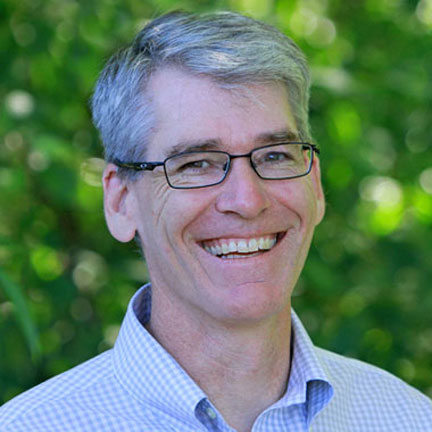
The new Administration’s plans to remove coal regulations should not dampen efforts to shift coal transition planning West to assist displaced workers and diversify coal-dependent communities. Read more
-

Explore seasonal use—including the amount, type, and timing—for 25 regional trails and pathways. Read more
-
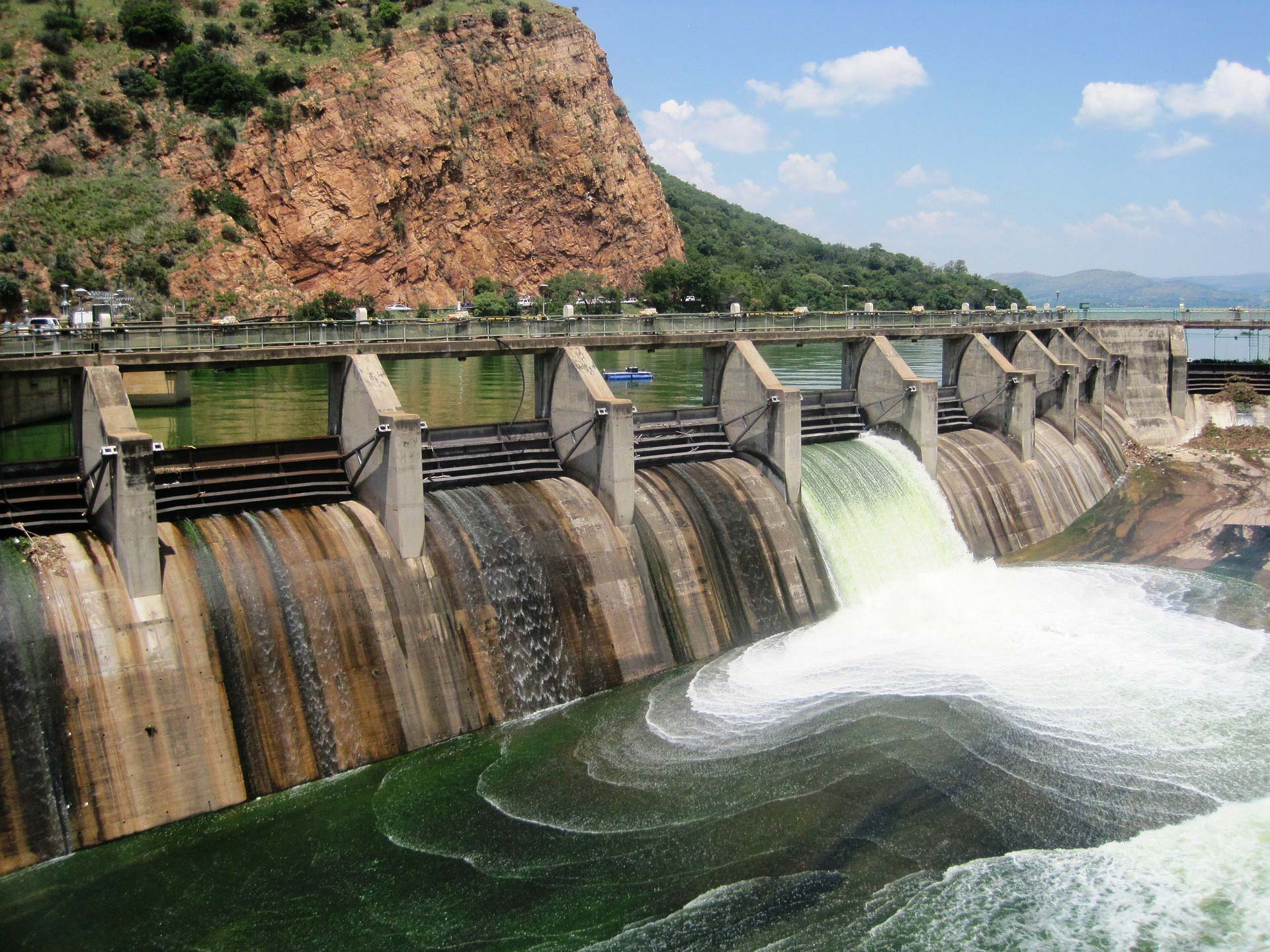
Six dam removal case studies on the fiscal, economic, environmental, and social benefits of dam removal. Read more
-
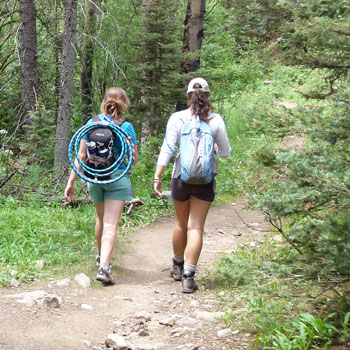
In the Taos, New Mexico area trails are a fundamental part of health and quality of life, but differences in access to trails may limit the benefits for Hispanic and low-income residents. Read more
-
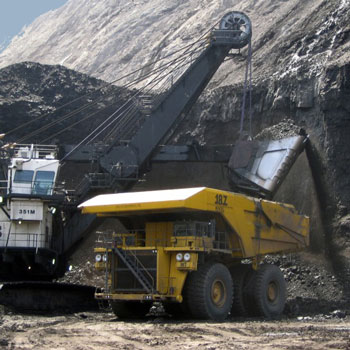
Explore the Socioeconomic Context of the Federal Coal Leasing Program Read more
-
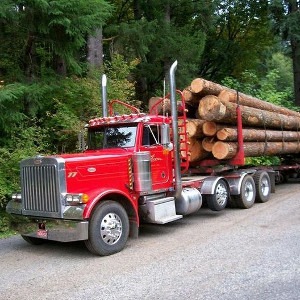
County governments are compensated for the tax-exempt status of federal public lands within their boundaries. These payments often constitute a significant portion of county and school budgets, particularly in rural counties with extensive public land ownership. Read more
-

Trails are good for people, but the health and social benefits of trails are not equally available to everyone. Read more
-

Many people talk about trails and quality of life, but how do we measure and obtain it? Read more
-

This blog draws on federal data and research to describe more about the local economies of the communities dependent on federal coal. Read more
-

Lower overall coal generating capacity—the outcome of coal fired power plant retirements and a demand for coal that rises and falls depending on natural gas prices—will create new volatility for coal jobs and for counties, schools, and states that depend on tax revenues from coal. Read more
-
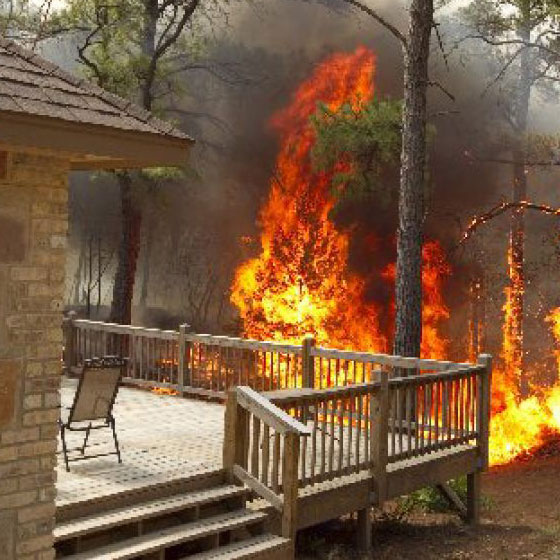
It is unlikely that insurance rates and policies alone will determine whether or not a landowner decides to build a new home on wildfire-prone land. Read more
-

Mapping and understanding communities at risk from wildfires just became easier with a new interactive tool generated by Headwaters Economics. Read more
-

Updated tools, research, and studies on the benefit of trails to communities and local citizens. Read more
-

How national wildlife refuge payments–especially important to rural counties–could be reformed and funded. Read more
-
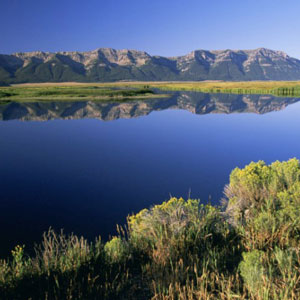
How county governments can benefit from reforming wildlife refuge payments. Read more